A national focus on infrastructure can provide an opportunity to benefit fish and wildlife in innovative ways that have upsides for public safety and our economy—here’s an excellent example in Wyoming
When you think about America’s infrastructure and picture the foundational systems that need an influx of federal support, what do you see? Bridges and roads? What about campground facilities, hiking trails, fish passages, and naturally filtering coastal wetlands?
As Congress and the Trump administration develop a much-needed national infrastructure package, it’s our job as sportsmen and women to elevate the profile of our country’s outdoor infrastructure and the natural resource solutions that tend to have only upsides: for public health and safety, local economies, and fish and wildlife. One such example is a fix for deadly wildlife collisions on our nation’s roads.
Man Meets Wild
Cruising down the highway as daylight fades, your music is playing and your mind is wandering, when out of nowhere you see a brown flash. Time slows to a crawl as you slam on the brakes to avoid the deer that just leapt in front of your vehicle.
Avoiding wildlife on our highways is an everyday struggle for motorists nationwide. Whether it’s whitetail deer in Virginia or mule deer in Colorado, most of us have been there. That’s why the Wyoming Game and Fish Department recently partnered with the Wyoming Department of Transportation and about a dozen stakeholders—including the TRCP—to host a solutions oriented summit on wildlife and roadways.
The overarching goal was to find ways to fund and implement projects that will reduce wildlife-vehicle collisions, increase motorist safety, and maintain or reestablish disconnected wildlife migration routes. According to WYDOT, there have been more than 12,000 wildlife-vehicle collisions over the last five years in the Cowboy State alone. This has resulted in 17 human fatalities, while crews have removed more than 23,000 animal carcasses from roadways over the same period.
It’s essential that we find solutions to these issues, not only for motorist safety and peace-of-mind but also for the wildlife that burn valuable calories dodging traffic and rarely survive vehicular collisions.
The good news? We know that solutions exist. The bad news? They aren’t cheap.
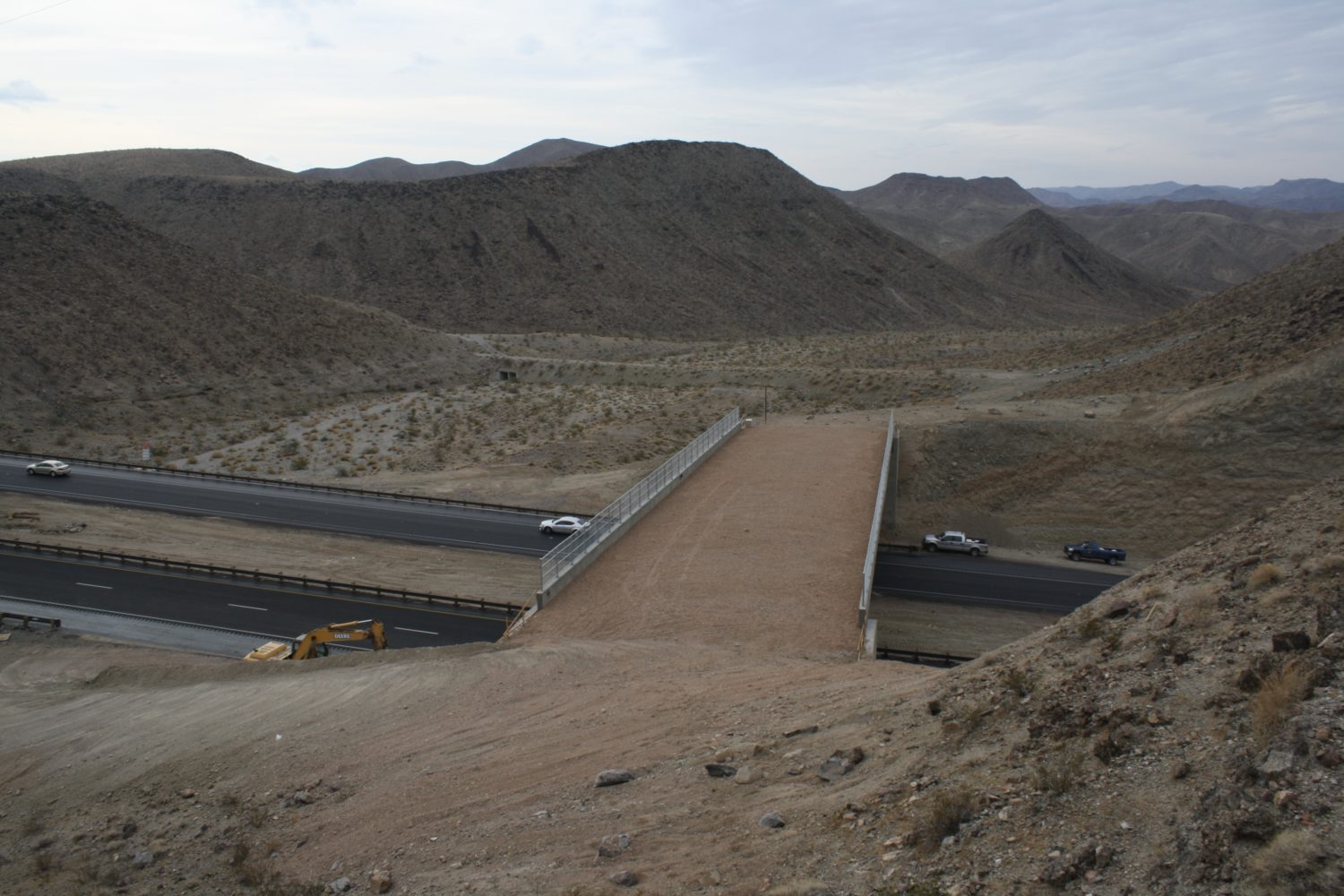
A Migration Model
Just west of Pinedale, Wyoming, where the Wildlife and Roadways Summit was held, Highway 191 cuts right through a pronghorn antelope migration corridor, creating a bottleneck known as Trappers Point that nearly every pronghorn summering in the Jackson Hole area must navigate. For years in the spring and fall, dangerous wildlife-vehicle collisions would occur as the antelope migrated between Grand Teton National Park and the Red Desert.
After years of discussion between various stakeholders, many of whom were at the summit, a $10-million investment allowed for construction of eight wildlife overpasses and underpasses along a 12-mile stretch of highway. Completed in 2012, these roadway improvements have already reduced collisions by roughly 80 percent—if you account for the value of each collision avoided and for lives saved, the project has more than paid for itself.
Infrastructure funding can benefit fish & wildlife in innovative ways. For example, look to #Wyoming Share on XYou can even watch how the Trappers Point Wildlife Overpass is used in real time—the best action is from November to December and April to May, but take a peek at the live video feed here.
From Rock Springs to D.C.
Justifying steep up-front investments is one of the biggest hurdles in making these projects a reality, though the long-term economic and safety benefits are apparent. Blocking substantial cuts to federal funding for wildlife conservation and management is a top priority of ours, but an appetite for a massive legislative fix for America’s crumbling infrastructure could create an opportunity for more projects like the Trappers Point overpass.
For now, we’ll continue working here in Wyoming to craft strong migration policies at the state level and collaborate with the BLM to ensure that land management plans for the Rock Springs area, which is home to some of the best wildlife habitat in the West, carefully consider migration corridors utilized by wildlife for thousands of years. They are the roads and byways of the critters we love to chase, after all, and deserve not to be overlooked.
Want to be the first to take action on local land management issues that impact migration corridors and wildlife crossings? Sign up for the Roosevelt Report and follow us on Facebook, Twitter, and Instagram.

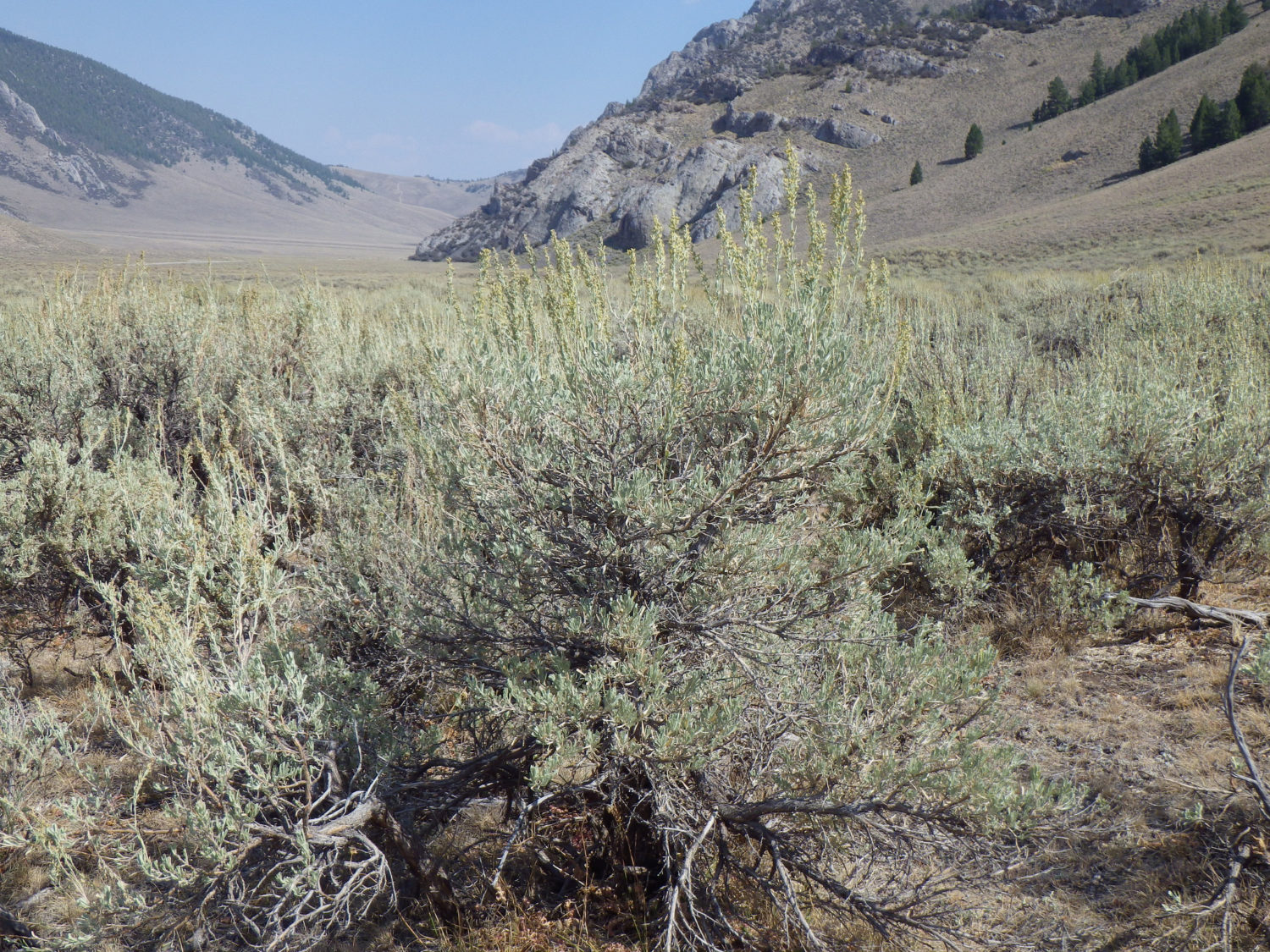
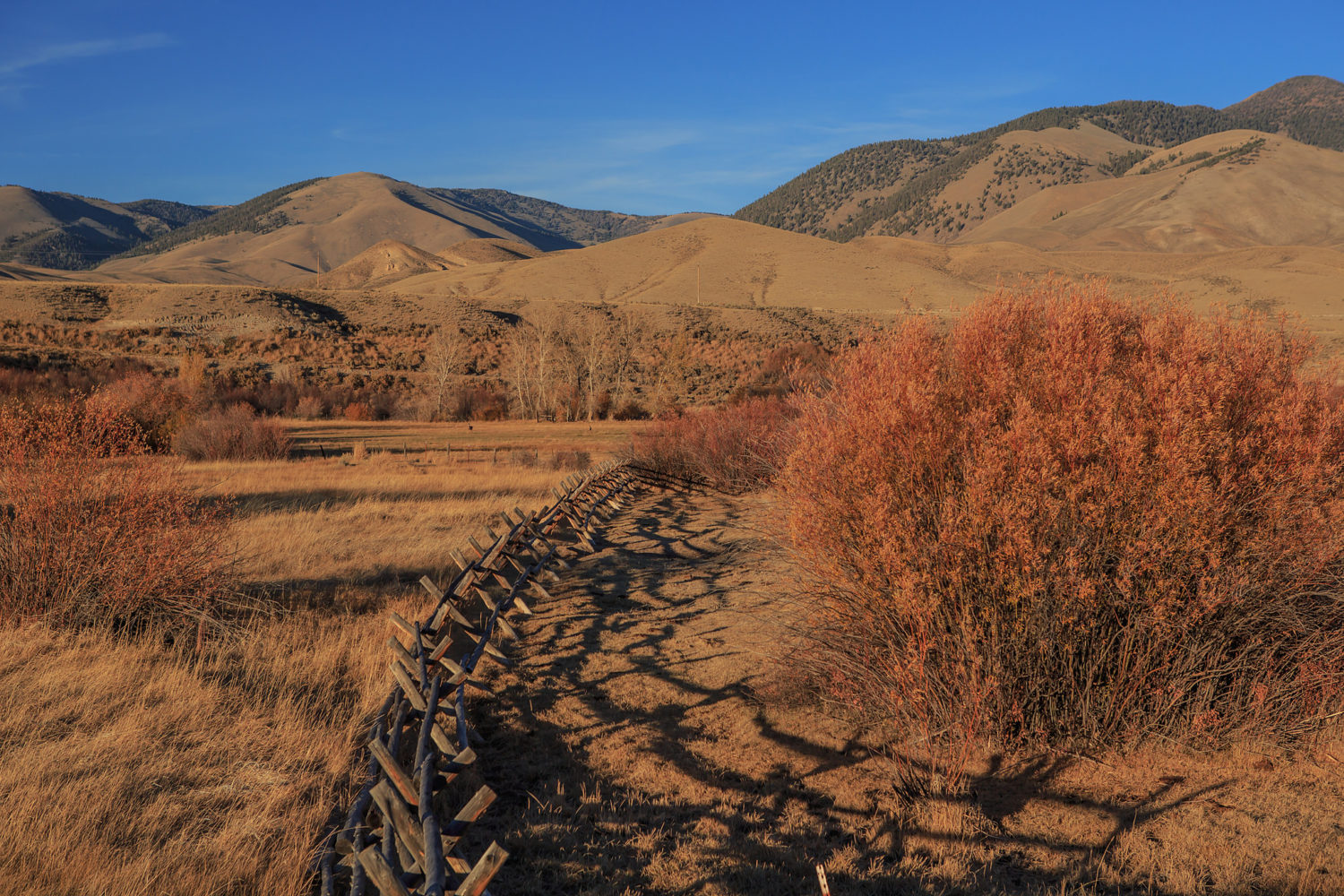
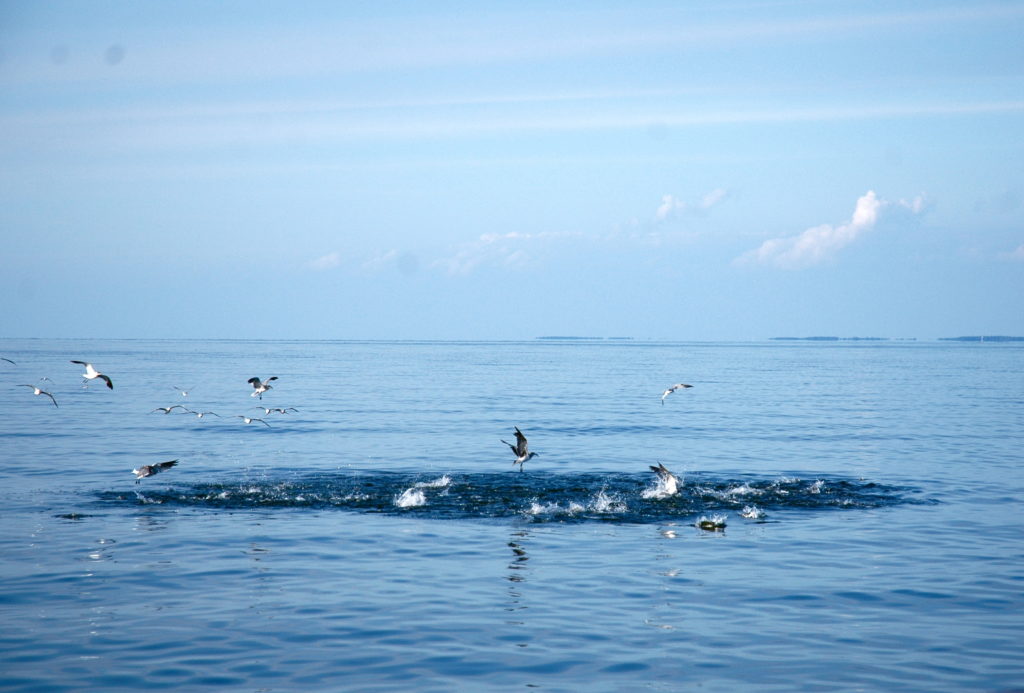
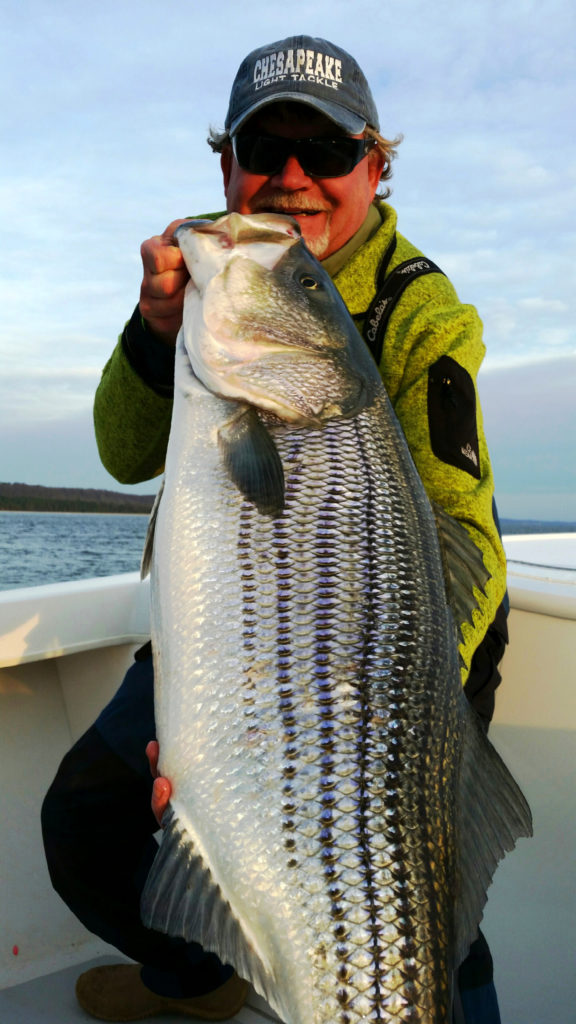
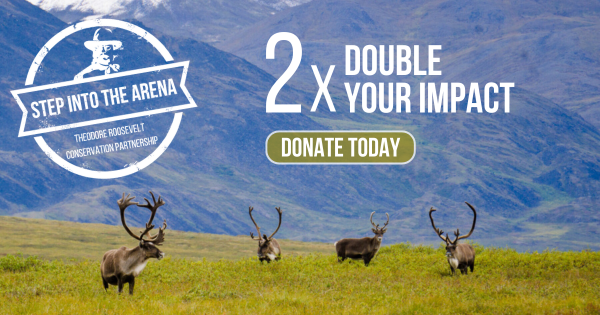



stop spending money on bicycle paths and lanes until they can come up with a system to pay for their activity, such as, the roads and sportsmen do